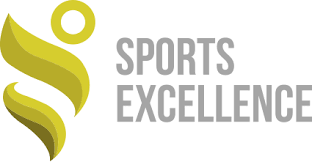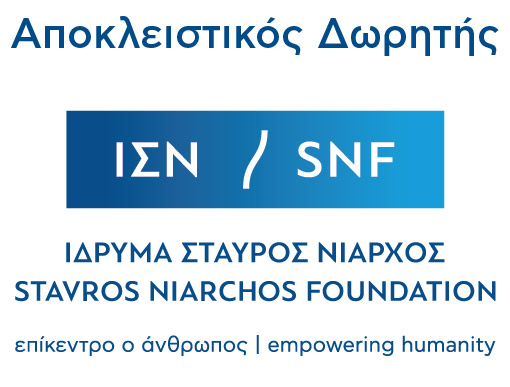Assessment
Cardio-respiratory Endurance Test
The empowerment of aerobic capacity is pivotal for maintaining athletes’ health, and beneficial because it allows the organism to function in a more efficient way, delaying at the same time muscular and cardio-respiratory fatigue. Moreover, it helps the body to have quicker cardio-respiratory restoration after high intensity sessions.
Athletes with high levels of aerobic capacity are capable to move more nutritive elements and oxygen to the muscles via the cardiovascular system, which is an asset, because it helps the muscles to function more efficiently. The maximum rate of oxygen consumption represents the body’s ability to function in high intensity and for prolonged time, an ability that has positive association to athletic performance.
Measurement of Neuromuscular Characteristics
Isokinetic Dynamometer Testing
Athletes are often recorded with muscle imbalance between quadriceps and hamstrings, inner/outer thighs in the pelvic girdle and the subscapularis/ infraspinatus of the rotator cuff. The readings of isokinetic dynamometer provide information about the rate of strengthening the muscles of the upper and lower limbs, and can indicate possible deficits concerning maximum strength, force and muscle endurance.
Jumping Ability
Jumping ability is important for athletic performance in dynamic sports. The measuring of vertical jump height and the ground contact time during single or/and repetitive jumps indicates force and counterforce levels on each foot of the athlete.
Flexibility and Agility
Flexibility of the musculoskeletal system, the range of joint motion and the whole-body agility skills (ability to change direction while moving with minimal muscle dynamic loss) can distinguish the highly qualified athletes. After a series of quick and effective tests to assess the neuromuscular function, athletes can focus on specialized exercises that improve their kinesthetic skills.
Balance and Proprioception
The sense of balance and the development of proprioceptive abilities have a positive impact on athletic performance. A set of specialized measurements determine the ability to smoothly distribute and control body weight while executing basic motor prototypes. High levels of proprioceptive ability significantly decrease the frequency of injuries.
Rate of Force Development
The Rate of Force Development (RFD) describes the rate at which force is applied during a maximal voluntary isometric contraction, either in the Squat or Deadlift movement, during the initial milliseconds of the effort. The subject performs measurements for isometric Squat and Deadlift using a fixed immobilized bar adjusted to the appropriate height, while simultaneously collecting data from a portable force platform. The subject performs 1-2 familiarization attempts before the official measurement. Two maximal efforts, each lasting 4 seconds, are conducted for each exercise, and the attempt with the highest peak force (PForce) is recorded.
Assessment of Metabolic Rate and Energy Substrate use
Blood lactate concentration indicates the “anaerobic threshold”, and thus how the body responds to intense exercise. This information is essential in order to build a proper and solid training program. Low levels of lactate in the muscles during prolonged and strenuous sport activity indicate excellent physical condition, which allows the athlete to maintain high performance for longer periods. Individualized training zones are designed, based on the above measurements, in order to increase the athlete’s metabolic endurance.
Anthropometric Characteristics, Body Composition, and Nutritional Support
Anthropometry involves measuring: a) Linear characteristics b) Circumferences and c) Body dimensions. Additionally, the athlete’s somatotype and body composition are determined. During measurements, the subject is required to wear minimal clothing.
Body Composition Assessment:
The evaluation of body composition includes determining body fat percentage, lean and muscle mass, hydration levels, and the body mass index (BMI). This is achieved using a combination of a specialized scale and the skinfold method.
Body Fat Measurement:
Body fat measurement determines the proportions of body weight, body fluids, fat, lean, and muscle mass. This is conducted using the bioelectrical impedance analysis (BIA) method.
Skinfold Measurement:
Skinfolds are measured using a skinfold caliper, with the subject in minimal clothing. The anatomical sites considered during this measurement process include: Biceps, Triceps, Subscapular, Suprailiac, Abdominal, Axillary, Chest, Thigh, Axillary (posterior), Calf.
Nutritional Assessment and Support
This service is based on a comprehensive and scientifically substantiated evaluation of dietary intake following a personalized interview. After assessing the information and utilizing appropriate nutritional software, individuals are informed about the quality of their dietary habits. Personalized guidelines are then provided, tailored to their competitive and training needs as well as any nutritional deficiencies identified throughout the year. Additionally, instructions are given for the proper and prudent use of dietary supplements, depending on individual requirements.
Genetic Testing
Genes provide information about the functional predispositions of our body. Recent studies link the presence of specific genes with an individual’s potential to achieve high performance in certain athletic activities, their ability to recover quickly between training sessions, and their susceptibility to respiratory infections or musculoskeletal injuries. By analyzing their genetic profile, athletes gain a broader understanding of their aptitude for certain sports activities and their predisposition to injuries.
Psychomotor Evaluation
The assessment of athletes’ psychomotor health is conducted through personalized sessions, measurements, and the use of qualitative tools to study each athlete’s psychological characteristics. Additionally, the ability and speed of response to external visual and auditory stimuli are evaluated using specialized optometric equipment. Moreover, training and analysis are provided on relaxation and concentration techniques, aimed at improving focus before competitions or during intensive training periods.

